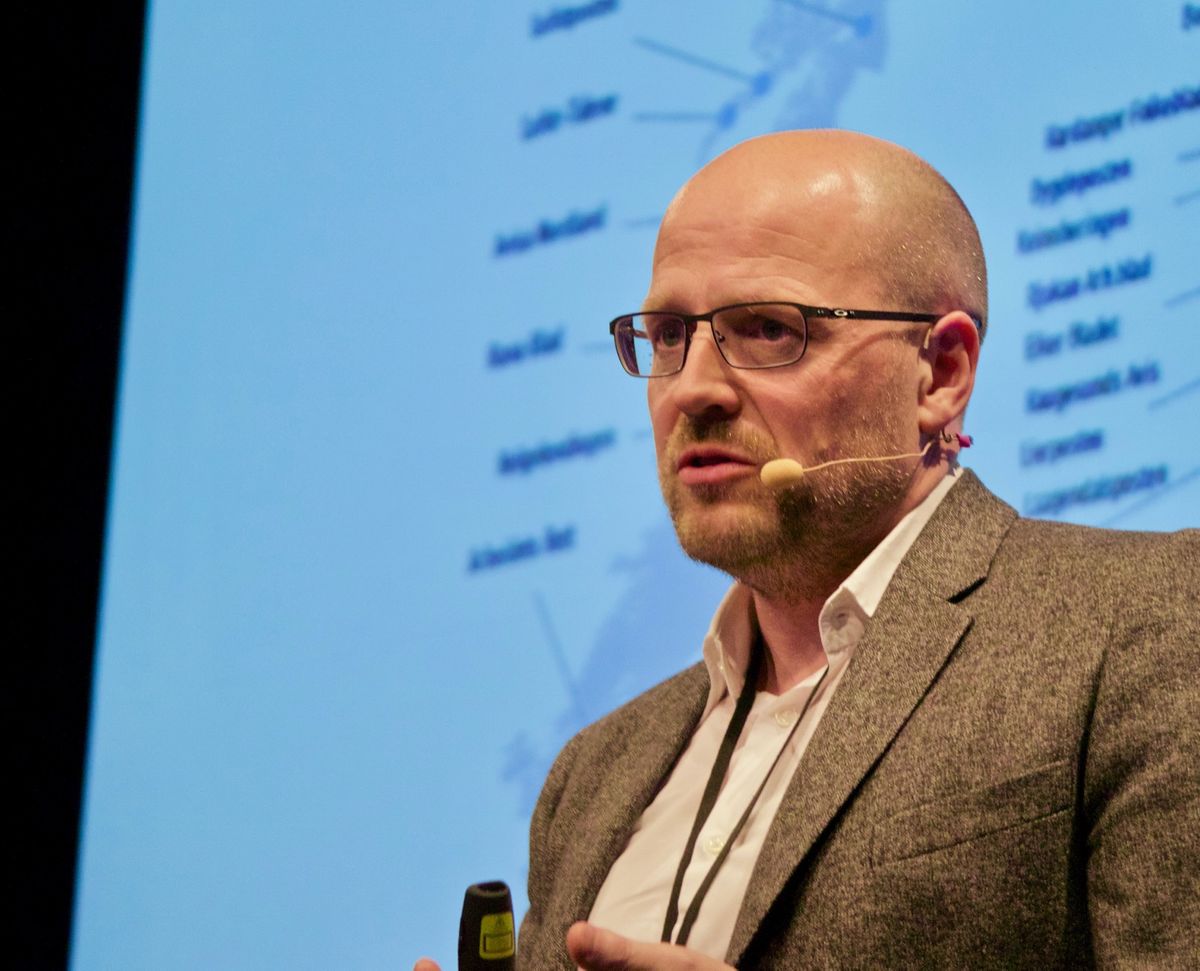Amedia: how to turn local news readers into subscribers
Norway’s Amedia is successfully converting local newspaper readers into digital subscribers. Here’s how they do it.

Another set of liveblogged notes from Digital Media Europe 2017. Typos, inaccuracy and howling crimes against grammar and syntax probable.
Pål Nedregotten, Executive Vice President, Amedia AS, Norway

Ameida is a local business – although there’s a concentration around Olso, they don’t have titles in major Norwegian cities. And they had fine reach – but reach was never enough. Digital ad income would not fund local journalism as they’d known it. In April 2014, they launched single sign-on across all their newspapers, as part of a two step plan:
- Start with their paying print subscribers, 480,000 of them, who were paying significant amount of money for access. They wanted to convert them into digital subscribers. Then they needed to help them build a digital habit, in preparation for a print frequency decline. The hope? This would reduce churn.
- Turn that into growth – bringing in new subscribers.
Interestingly, each subscription comes with 5 user accounts – it’s a household subscription. Once you have logged-in users, you can capture richer data. And thus, you want to give anonymous users a reason to register and sign in. Move people up the value chain.
How to do that? A subscription layer – a paywall by any other name. Between 40 to 60% of articles are in the subscription layer. Getting the level right required some experimentation: hey needed to get above 30% before it really took off.
From reader to subscriber
They now have 527, 729 subscribed. They’ve put on about 3000 in the last week. That’s 12.9% of all Norwegians over the age of 15. In total they have 800,684 registered users.
But: are they using the sites?
- The highest logged in 249,000 daily, and around 360,000 weekly.
- They’re selling around 300 digital subscriptions every day.
- That shoots up during campaigns. A Black Friday sale led to 4,600 subscriptions. There’s no signs of growth slacking off yet.
- They have 130,664 digital only subscribers – and that growth curve is accelerating.
- They’re not seeing print cannibalisation.
…but that’s not the same as print growing. It’s not. But digital is our best win-back strategy for print subs canceling.
— Pål Nedregotten (@nedregotten) April 26, 2017
Will it pay enough?
Editors and journalists are trained in arguing and gut feelings. And that made it hard to persuade them that they can charge more than Netflix. And they could. And then they said they couldn’t charge more than Spotify – they could. 149kr to 229kr per month seems to be the right spot. The circulation income is trailing the sales – but it is clearly growing.
87% of digital sales are done on the online edition. They don’t have local sales guys – it’s the journalism that creates the sales. 64% are new customers, and the digital customer average age is below 50 – and crawling downwards
Retention is all about the right content
If people read you, they stay (at about 80% relation rates). If they don’t read you – they’re gone after 20 weeks.
So, they started classifying and analysing stories – and found that they had high readership and low volume content types, and high volume and low readership content. They were producing the wrong sorts of content – and that news was unwelcome in the newsrooms. This was the result of producing for print. If you’re assigned four pages of culture, you fill four pages. So, they changed the workflow: do content for digital first, and then build the print product out of that.
The paywall balance is really important. They’d never have this growth without the free content. The more people read the freedom content, the more they’re likely to subscribe.
They’ve stopped distributing analytics that hasn’t been worked on. They remove “fly by” traffic, that will and can never convert.
Last year they were Norway’s largest producer of live football. 347 matches streamed live, with one camera and one voice. That will be 364 in the 2nd division this year – they have exclusive rights. They’re broadcasting 1st division bowling – 12 subscriptions. 88 subscriptions on a youth football tournament, Local lifestreams convert really well.
Back in January the first newspaper crossed the “more digital than print subscribers” milestones. The same month one newspaper became profitable from subscriptions only.
Key Lessons:
- Put the reader first
- To deliver this value must be important enough to get it done.
- That means letting go of other stuff. Prioritise.
- Give clear goals and use progress monitoring
- Communicate values
- Don’t be afraid to charge
- The value is good journalism: the tech just enables it.
Analysis
Probably the most important things in this model are:
- Experimenting with the balance of free and paid content
- Using analytics to reshape the content balance
This level of proactive content management work to understand the audience needs and obsessively reshape their business to support it is vital to building a vibrant local news ecosystem. However, Amedia moved before the financials became too constraining – too many local publishers didn’t. But the message is clear: be ruthless on focusing on the right amounts of the right content for people – and they will pay. But the free content is critical in getting them in.





